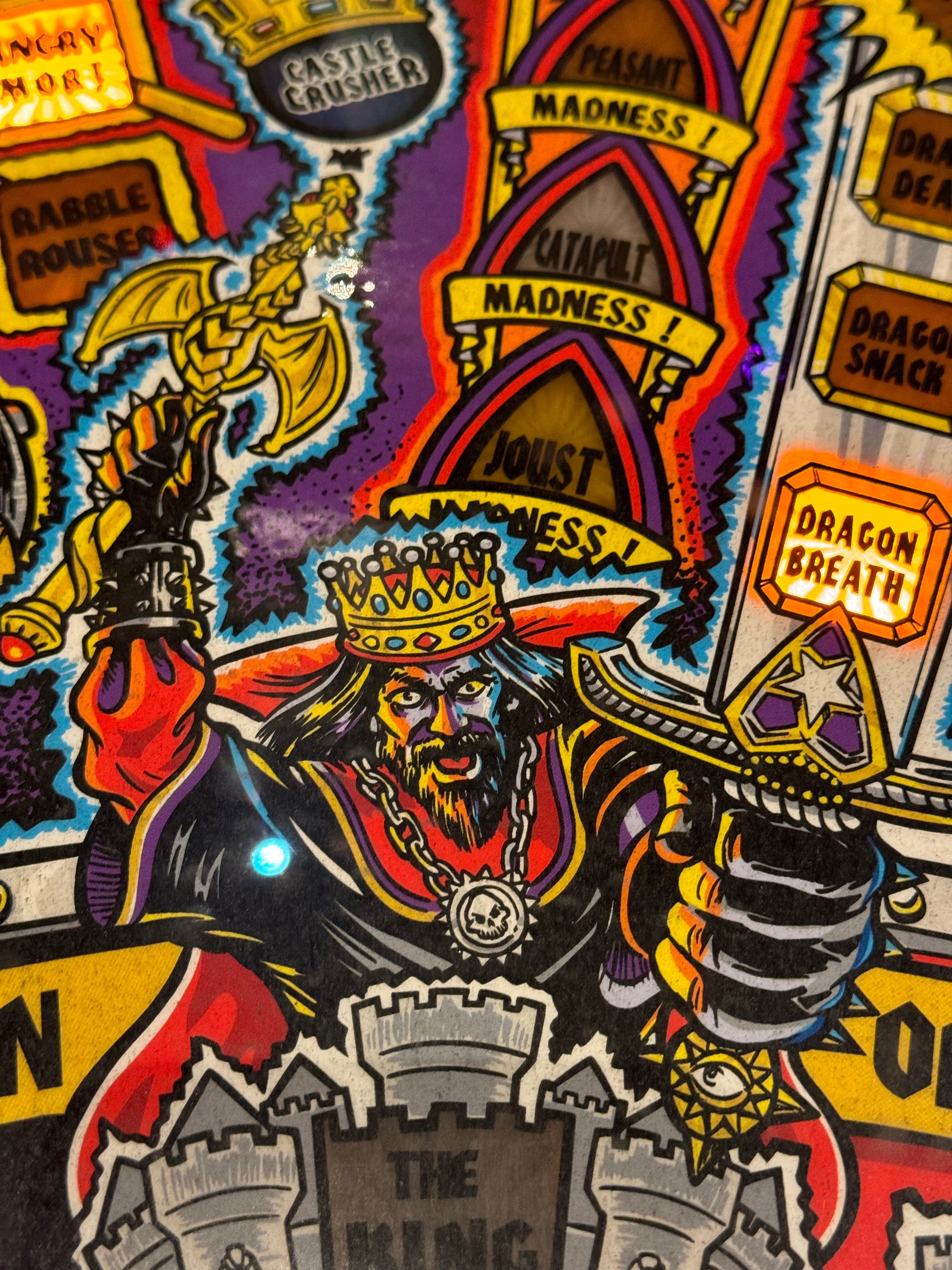Few names in gaming history carry the legacy of Williams Electronics. As pioneers in both the pinball and arcade industries, Williams shaped generations of gaming experiences with their groundbreaking machines and timeless classics. From their innovative pinball designs to arcade hits that remain fan favorites, Williams became synonymous with creativity, quality, and thrilling gameplay.
This page explores Williams’ storied history, their most iconic creations, and the lasting impact of their contributions to the world of gaming.
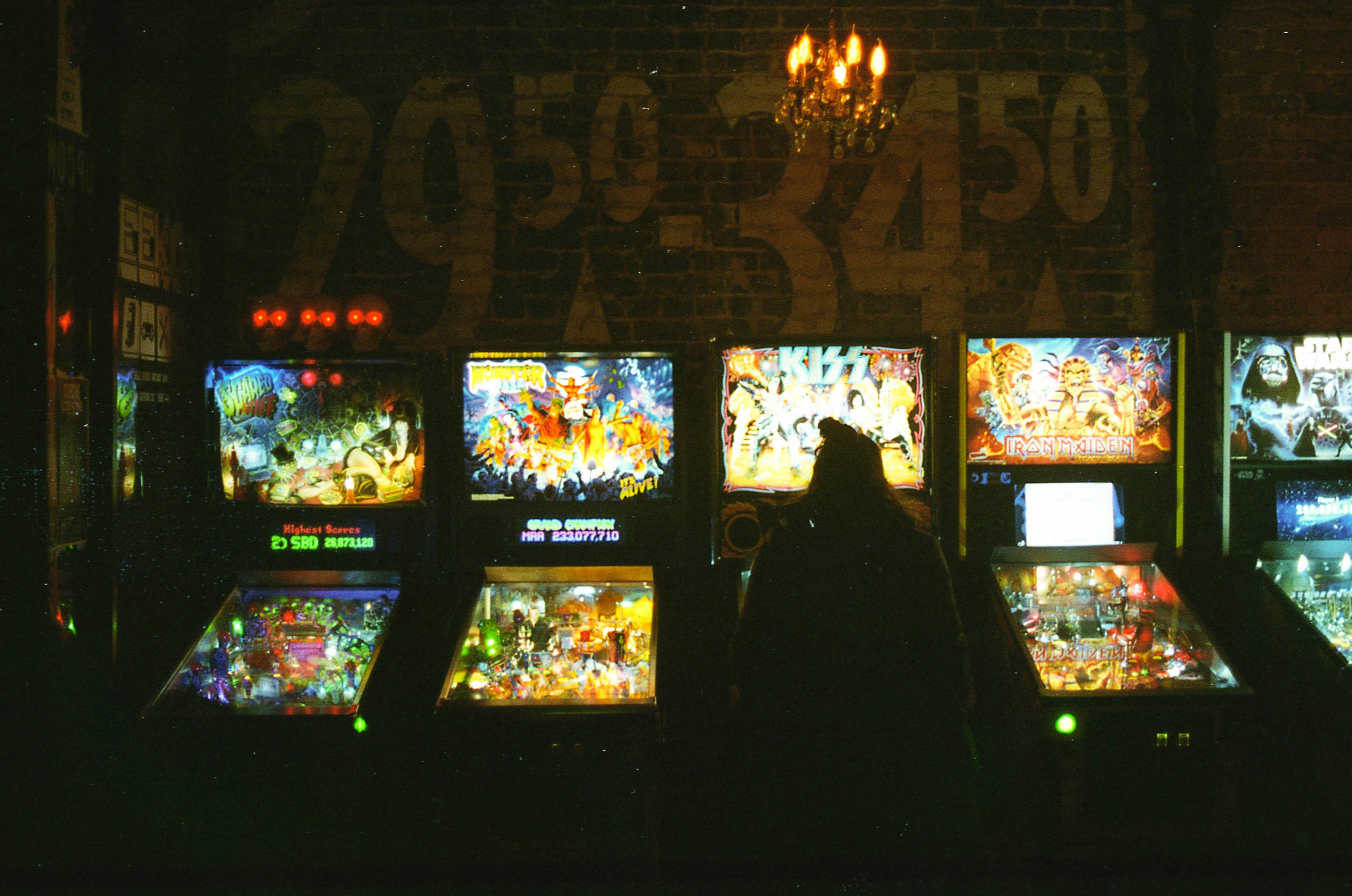
The Beginnings of Williams Electronics
Williams was founded in 1943 by Harry Williams in Chicago, Illinois, initially focusing on mechanical amusements like pinball machines. By the 1970s, Williams Electronics had evolved into one of the dominant players in the pinball industry, creating machines that pushed technological boundaries with features like multiball, speech synthesis, and dazzling playfield designs.
As the video game industry gained momentum in the late 1970s and 1980s, Williams expanded into arcade games, quickly establishing itself as a major innovator in this new frontier.
Williams’ Pinball Masterpieces
Williams’ pinball machines are legendary, beloved by enthusiasts and collectors alike. Known for their imaginative themes, cutting-edge technology, and intricate gameplay, these machines set the gold standard for the industry.
1. The Addams Family (1992)
- Why It’s Iconic: The most successful pinball machine of all time, The Addams Family sold over 20,000 units. Its unique playfield design, engaging gameplay, and theme based on the hit movie captivated players worldwide.
- Notable Features: Patented "Thing Flip" automatic flipper, a magnetic hand, and deep rule sets.
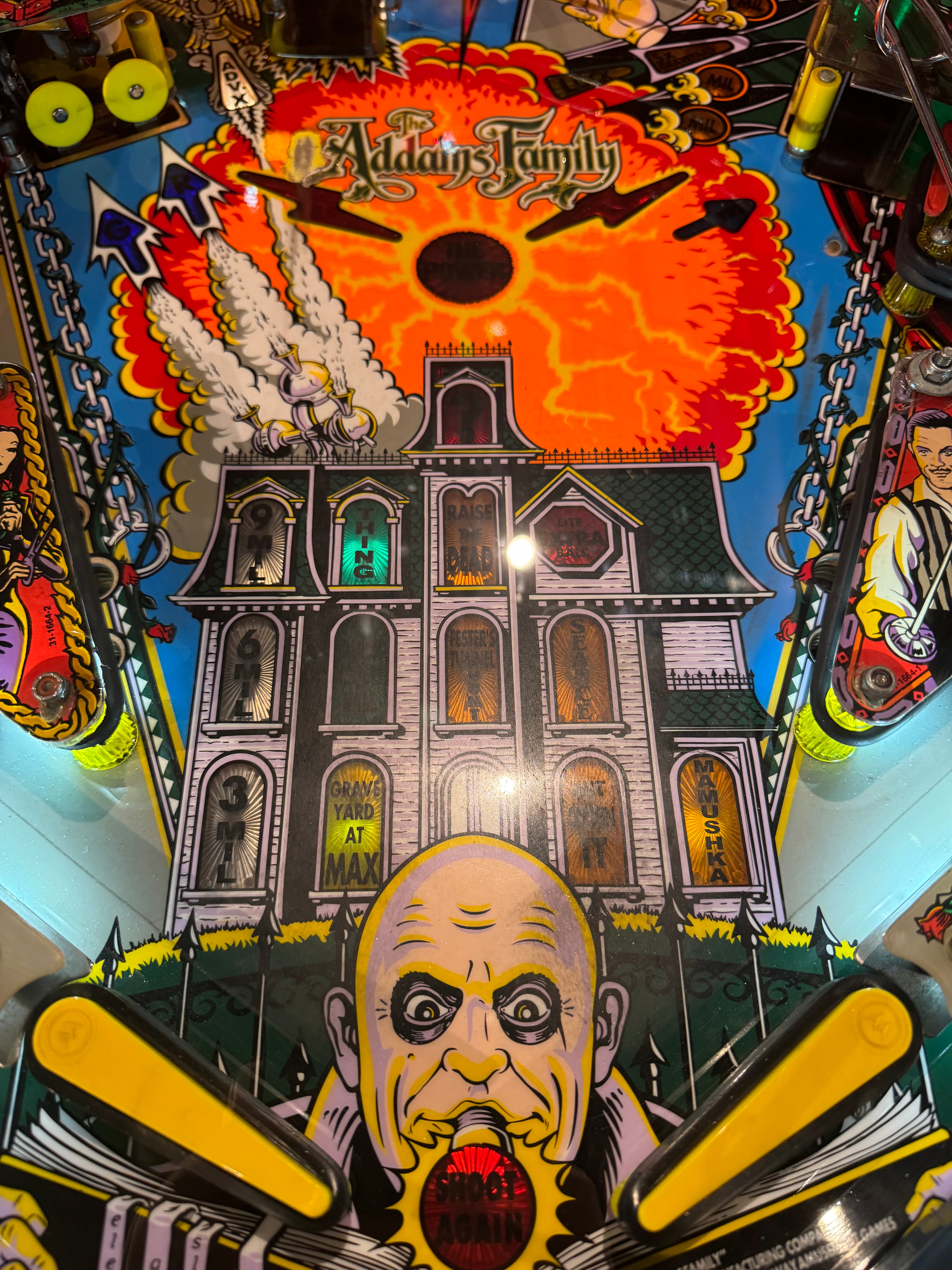
2. Medieval Madness (1997)
- Why It’s Iconic: Often considered the pinnacle of pinball design, Medieval Madness combines humor, epic medieval battles, and a challenging yet rewarding playfield.
- Notable Features: Interactive castle destruction, voice acting, and quirky characters.
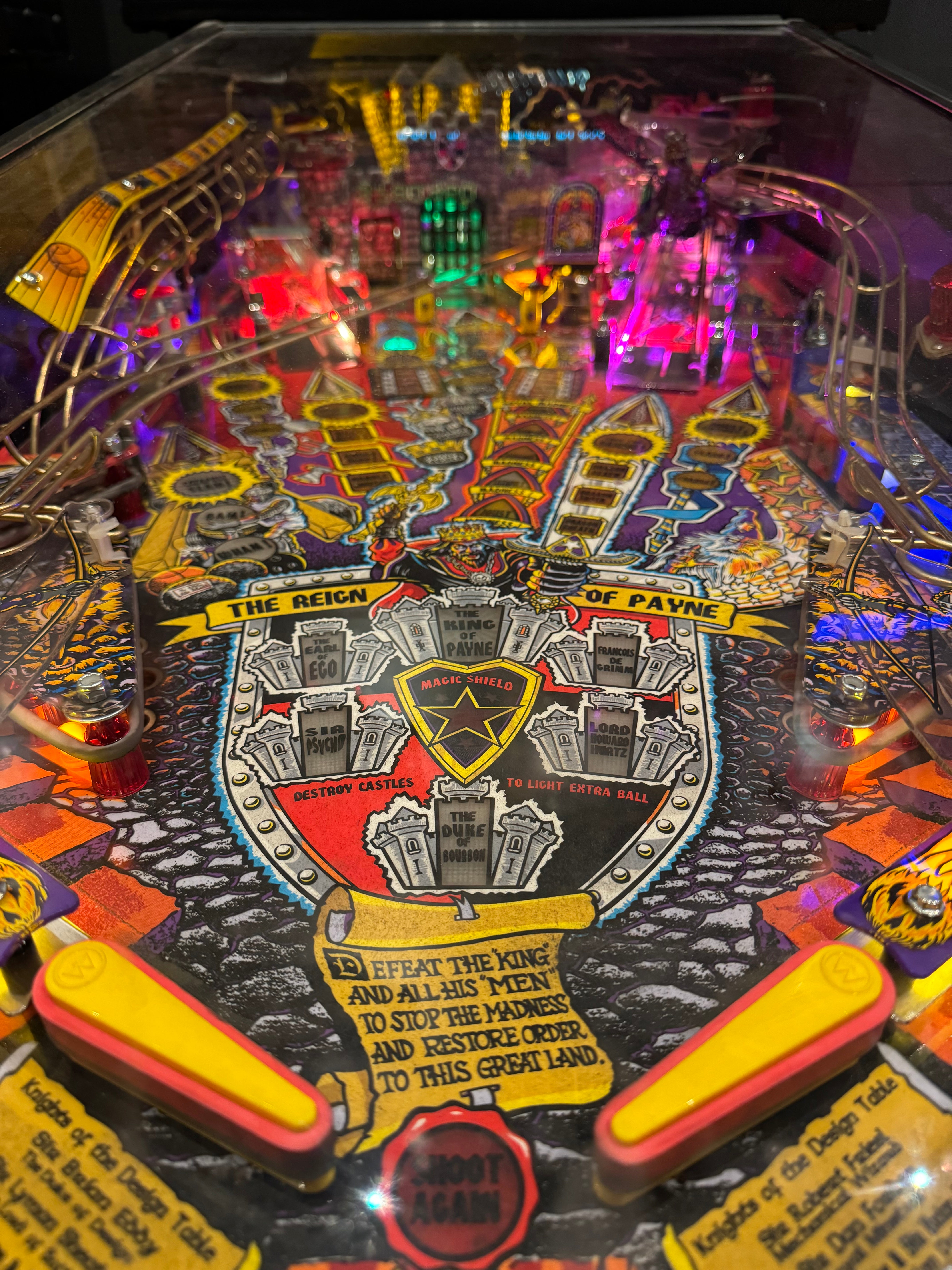
3. Black Knight (1980)
- Why It’s Iconic: Black Knight introduced the groundbreaking two-level playfield, a feature that became a hallmark of innovative pinball design.
- Notable Features: Magna-Save, a magnet-controlled ball rescue system, and fast-paced gameplay.
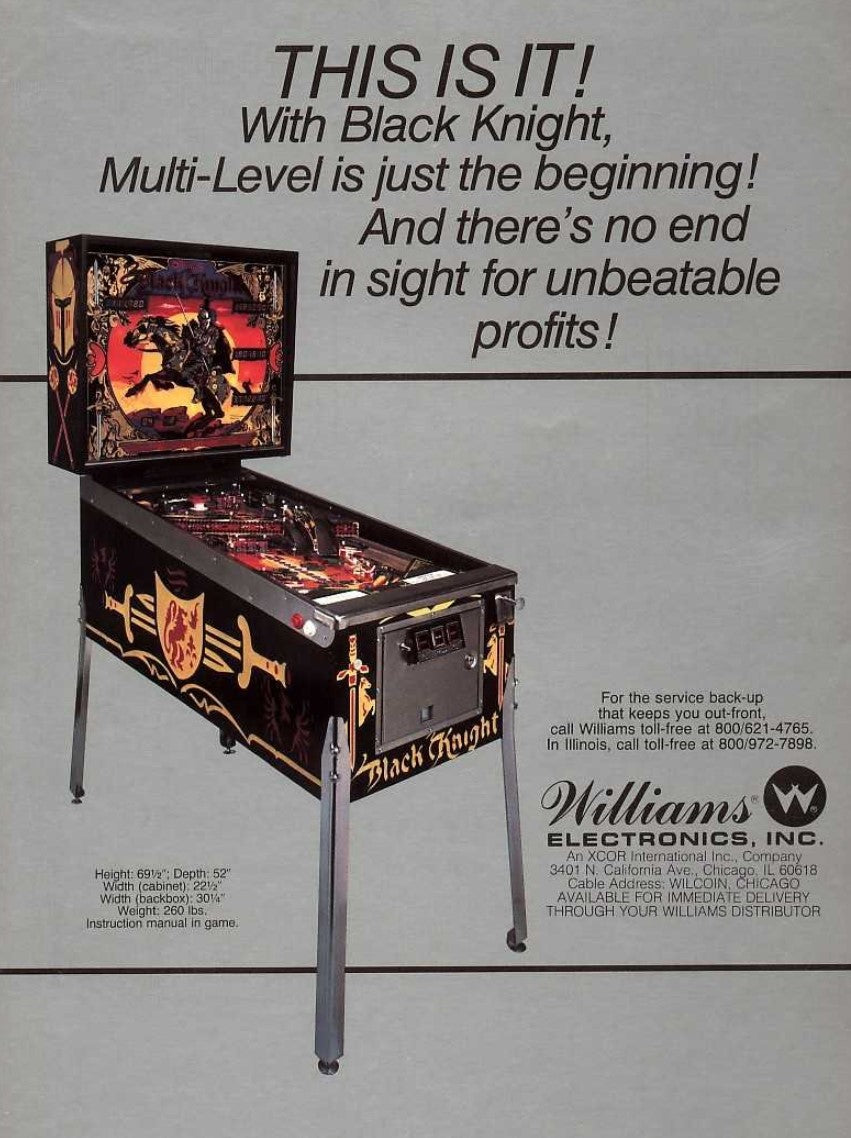
4. Twilight Zone (1993)
- Why It’s Iconic: Based on the legendary TV show, this machine is revered for its complexity, featuring a wide variety of toys and modes.
- Notable Features: A gumball machine toy, Powerball gameplay, and wide-body design for expanded play.
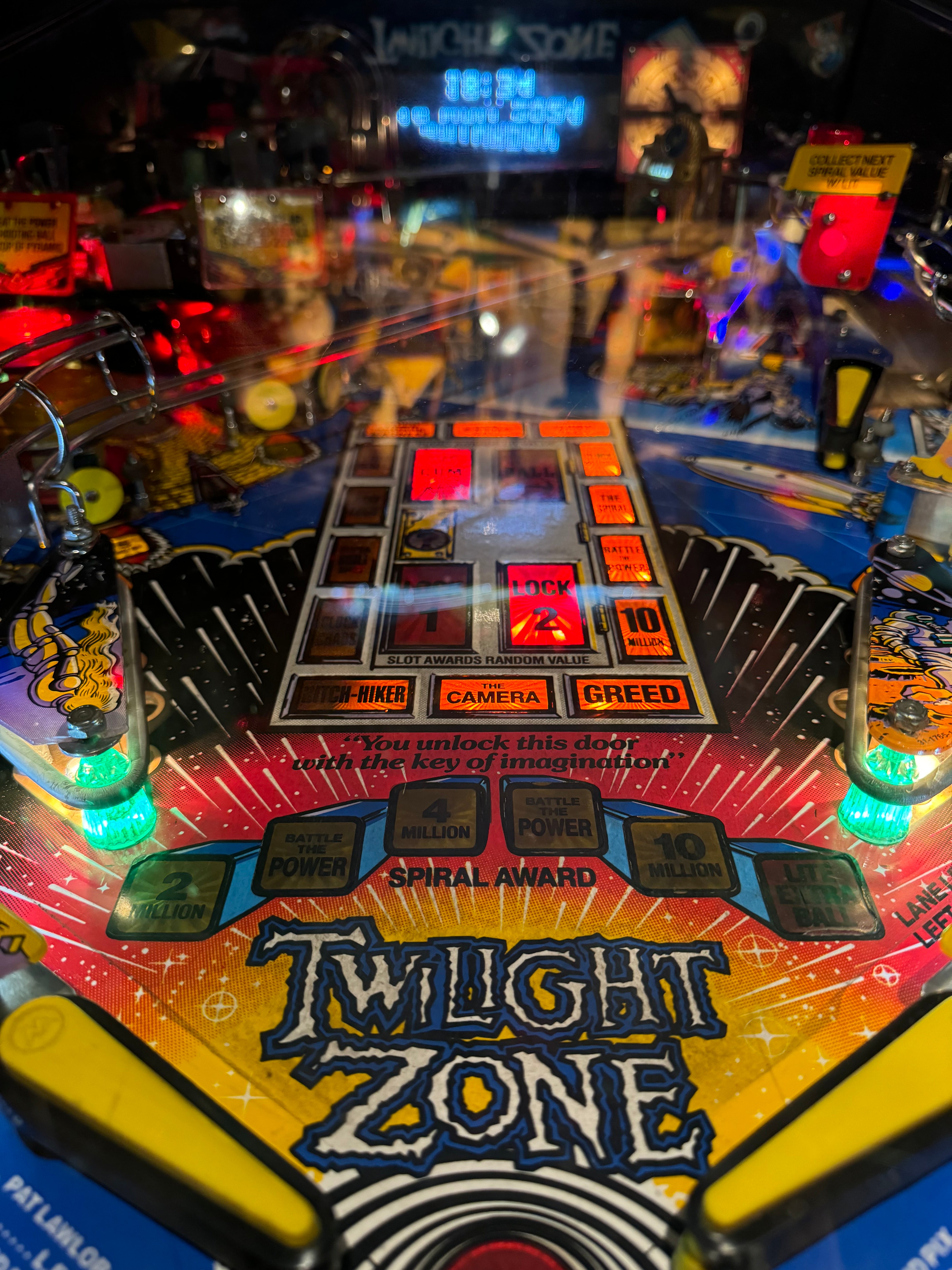
Williams’ Arcade Hits
While Williams is renowned for pinball, their arcade contributions are equally impactful, with several games achieving legendary status.
1. Defender (1980)
- Why It’s Iconic: A revolutionary side-scrolling shooter, Defender challenged players with its fast-paced gameplay and complex controls. It became one of the best-selling arcade games of its time.
- Notable Features: Players defended astronauts from alien abductions, with a radar system that added strategic depth.
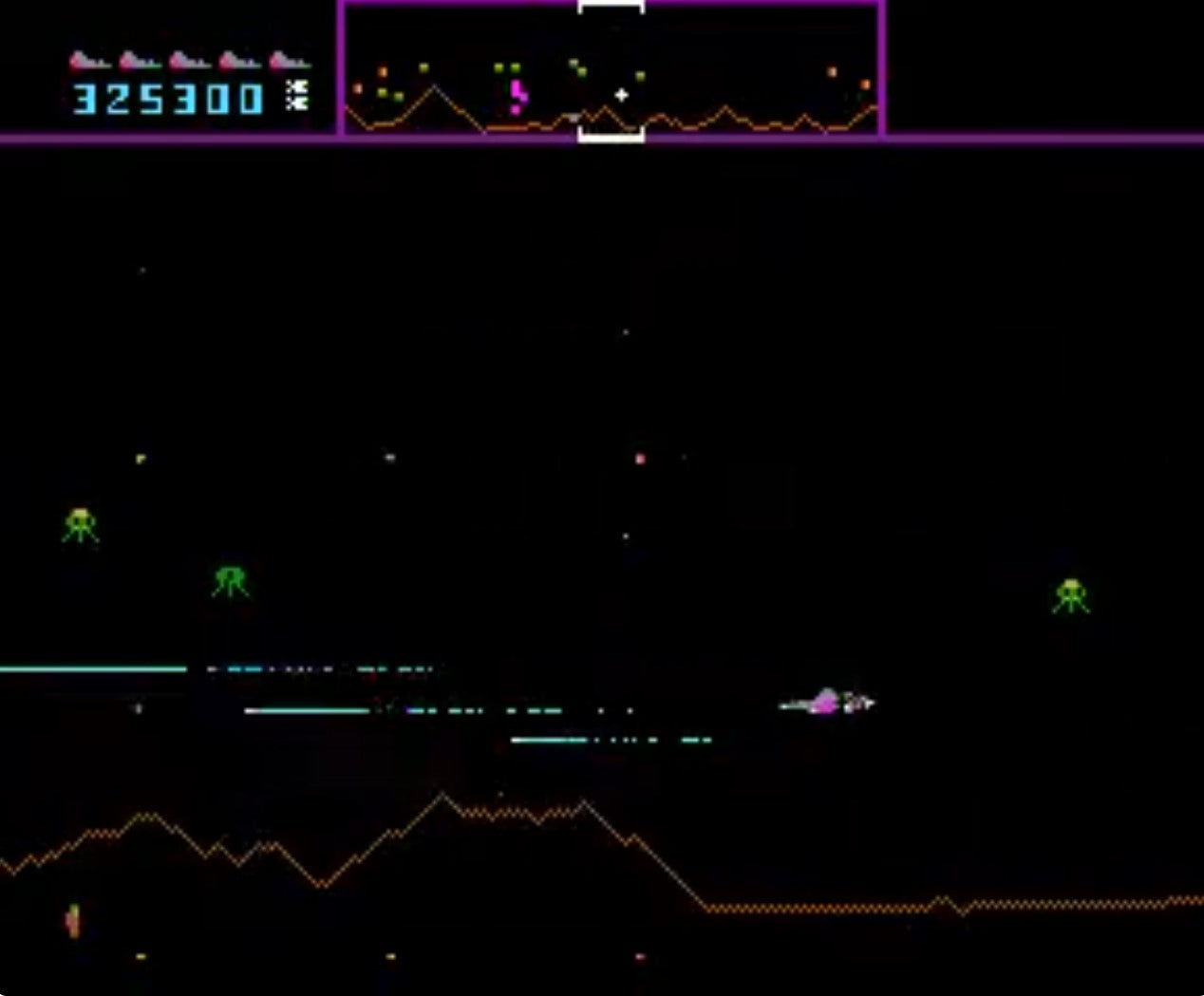
2. Joust (1982)
- Why It’s Iconic: Joust offered a unique take on multiplayer arcade gaming, where players controlled knights riding flying ostriches. Its cooperative and competitive gameplay made it a hit.
- Notable Features: Simple yet challenging physics-based mechanics.
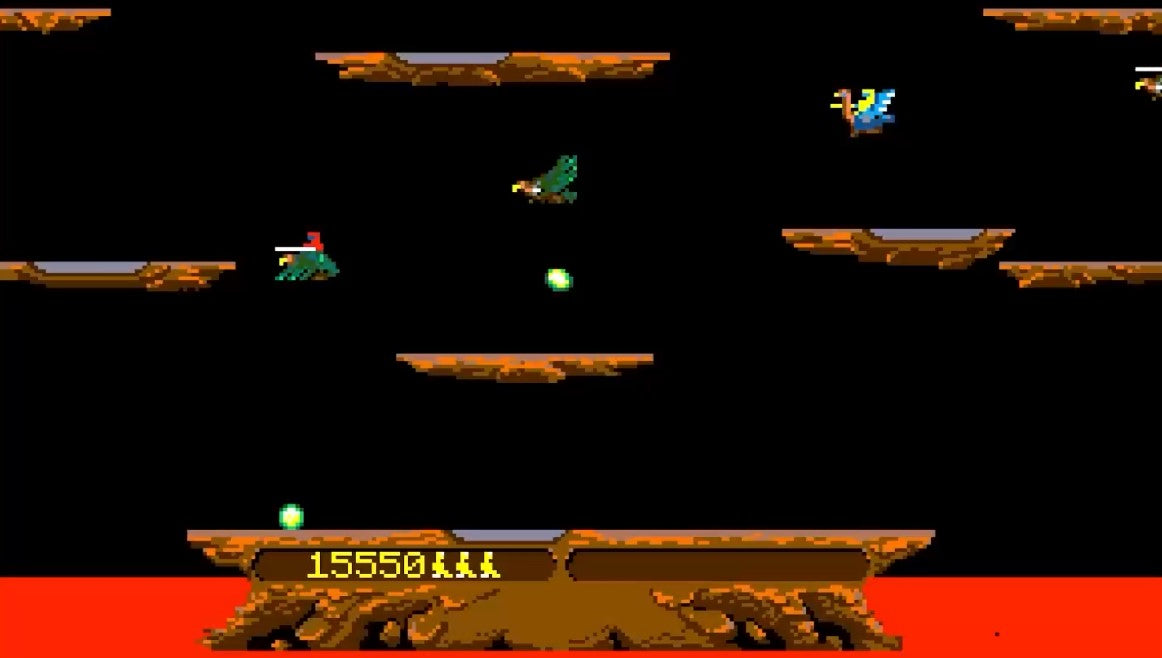
3. Robotron: 2084 (1982)
- Why It’s Iconic: A twin-stick shooter that tested players’ reflexes, Robotron: 2084 is widely regarded as one of the greatest arcade games ever made.
- Notable Features: Intense action, a minimalist story, and the introduction of twin-stick controls.
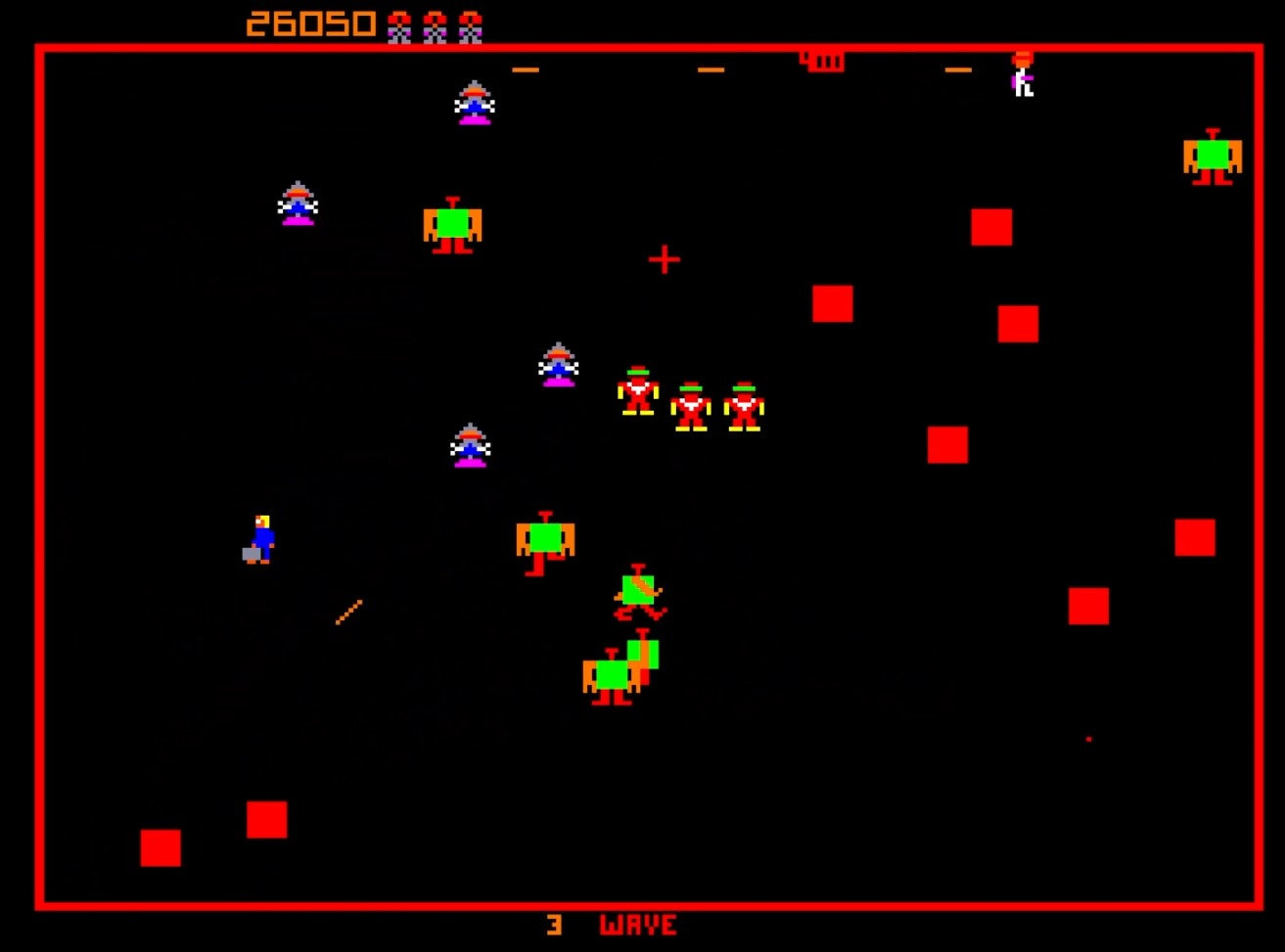
Williams’ Innovations
Williams didn’t just create games—they advanced the industries of pinball and arcades with pioneering innovations:
- Speech Synthesis and Audio Design:
Williams was among the first companies to incorporate synthesized speech in games like Gorgar (1979) and Sinistar. Their focus on sound design added new layers of immersion to gameplay. - Multilevel Playfields in Pinball:
The introduction of two-level playfields in Black Knight and other machines revolutionized pinball design. - Twin-Stick Control Schemes:
The twin-stick shooter format, pioneered in Robotron: 2084, became a standard in many action games that followed. - Advanced Game Rules:
Williams’ pinball machines featured deeper, more complex rule sets that appealed to advanced players while remaining approachable for casual gamers.
The End of an Era
In 1999, Williams exited the pinball market due to declining demand and rising competition from home gaming systems. However, their legacy didn’t end there—many of their most popular machines are still enjoyed by players in arcades, tournaments, and private collections worldwide.
Additionally, the rights to many Williams titles were acquired by other companies, ensuring that their games and innovations continue to thrive in modern iterations and remakes.
Williams’ Enduring Legacy
Williams Electronics was a trailblazer in both the arcade and pinball industries, creating experiences that stood the test of time. Their games remain cherished by fans and collectors, embodying the creativity, craftsmanship, and thrill that defined the golden age of gaming.
Whether you’re flipping through the ramps of Medieval Madness or defending astronauts in Defender, Williams’ influence is felt every time you step into an arcade or pinball hall.
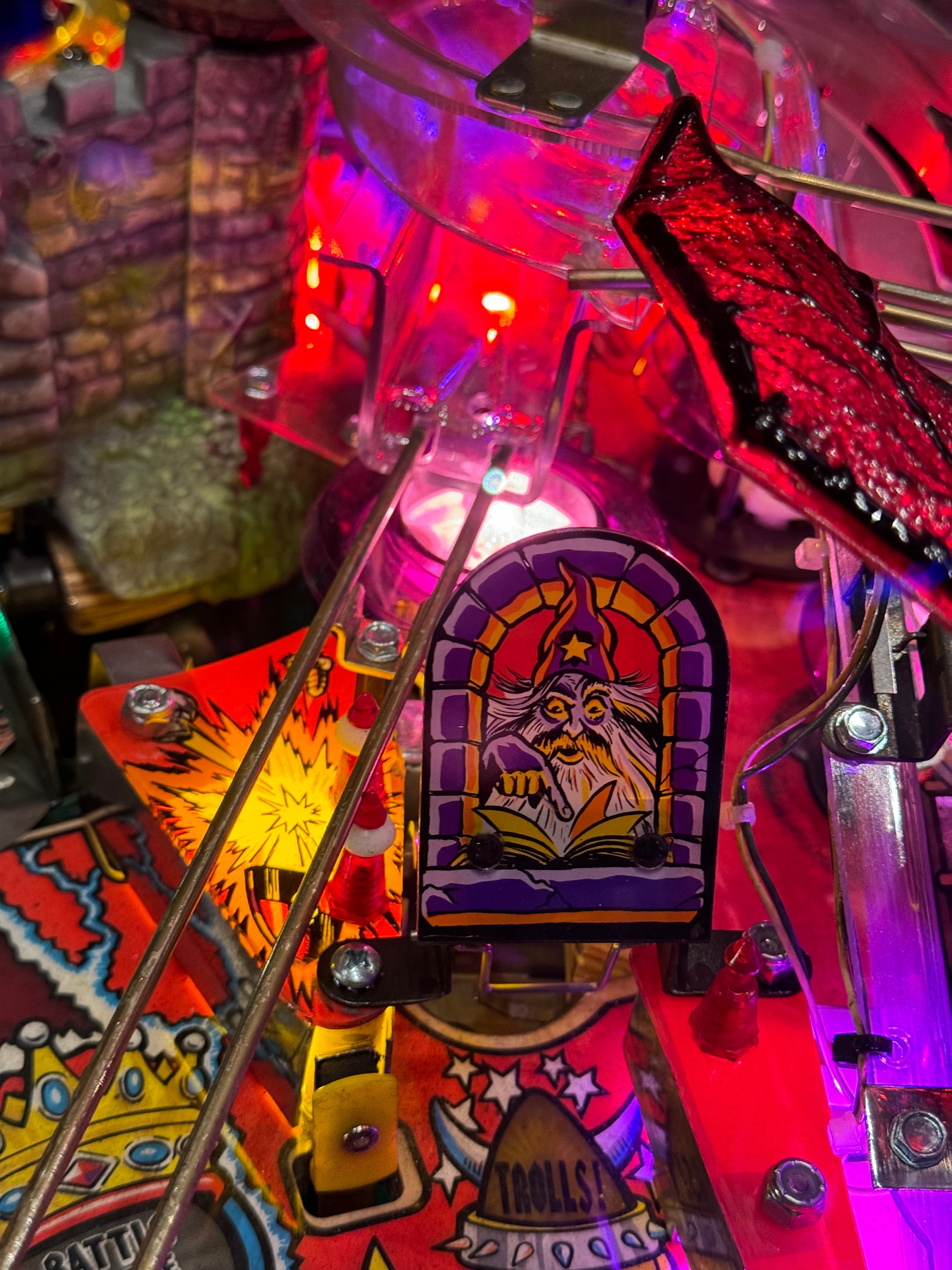
Explore More Arcade and Pinball History
Bitvint celebrates gaming’s rich history with stories, reviews, and insights into the world of arcades and pinball. Ready to relive the magic?
Related Pages:
Want to learn more about Williams? Check out these sources:
- Arcade Museum's facts and figures on Williams.
- Wikipedia's dedicated Williams page.
- Pinside's overview of Williams pinballs.
Questions you might have:
When was Williams founded and what led the company into pinball manufacturing?
Williams was founded in 1943. The company initially focused on various industries, including jukeboxes and arcade games. It ventured into pinball manufacturing in the late 1940s, capitalizing on the growing popularity of pinball machines.
What were some of the earliest and most iconic pinball machines produced by Williams?
Some early iconic Williams pinball machines include "Whiffle" (1948) and "Contact" (1944). However, it was "Black Knight" (1980) that became a hallmark of their success in the golden age of pinball.
How did Williams contribute to the evolution of pinball technology and gameplay mechanics?
Williams was known for introducing innovative features like multi-level playfields, speech synthesis, and ramps. "Pin*Bot" (1986) introduced a robotic theme and complex gameplay, showcasing their technical advancements.
What role did Williams play in the "golden age" of pinball during the 1970s and 1980s?
Williams was a leading player in the golden age, producing iconic titles like "Firepower" (1980) and "The Addams Family" (1992), which became the best-selling pinball machine of all time.
Were there any notable innovations or features introduced by Williams that became industry standards?
Williams popularized features like multiball gameplay, dot matrix displays, and interactive toys on playfields, influencing the direction of pinball design.
What impact did licensed themes, like movies and TV shows, have on Williams' pinball machines?
Licensed themes like "The Twilight Zone" (1993) and "Indiana Jones: The Pinball Adventure" (1993) drew fans of those franchises into pinball, contributing to the commercial success of these machines.
What led to the decline of Williams' involvement in pinball manufacturing during the late 1990s?
Factors such as changing market dynamics, increased production costs, and the rise of video games led to Williams closing its pinball division in 1999.

